Fujifilm X100V Mirrorless Camera Review:
The Fujifilm X100 Series has always been loved by so many with good reason. It has always been steadily improved with each new successor but the overall feel, style, and functions have stayed true to the original design. Currently, we have the new X100V, which I’m going to state right now, is probably my favorite new Fuji camera so far. Here’s why.
Fujifilm X100V Mirrorless Camera Build Quality:
Let’s start off talking about the overall build, which I have to say is impressive. The X100V feels very solid, and even a bit dense. It now uses aluminum for the top and bottom plates of the camera body, With all that said, it only weighs 478 g with the battery and memory card in it. Overall, I absolutely love how this camera feels in the hands, and to me, it feels even a bit more solid than the X-T4 and X-Pro3. To top it off, the X100V is now weather resistant but there is condition to this: to be fully weather resistant, you will need to purchase the AR-X100 adapter ring and the PRF-49 protection filter. That’s not really cool but it’s still only a small issue, and it’s definitely not something that would prevent me from buying the X100V. As for battery life, you’ll get approximately 350 frames when using the EVF in Normal Mode, and 420 frames using the OVF in Normal Mode. Lastly, you can still get this camera in either black or silver.
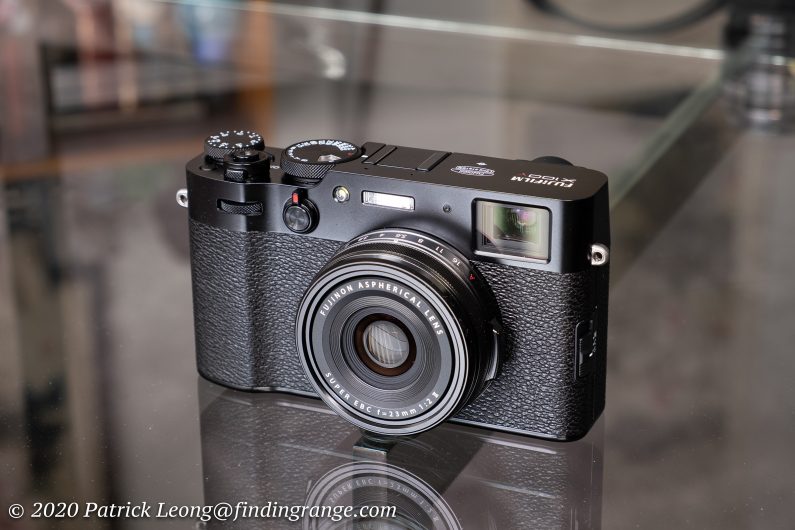
↑ The Fuji X100V in black.
Style wise, this camera retains the old school rangefinder look of its predecessors that we all love, and it still uses the dedicated dials on the top plate for shutter speed, and exposure compensation. There’s also an aperture ring on the lens, and an ISO dial that is built into the shutter speed dial. If you want to change the ISO, simply lift the shutter speed dial up, and turn until you reach your desired setting. This time around, the dial will stay up until you push it back down.

↑ Top plate of the X100V with all the dials. Notice the aperture ring on the lens as well.
Many of you have probably seen these dials on old film cameras, so yes, they are old school in design but they truly make shooting a lot easier. Best of all, they make me feel like I am actively involved in the photographic process. I don’t feel like I’m just dealing with a computer, which in turn, makes photography much more enjoyable. To me, there’s no substitute to this type of a tactile experience. All the important settings are right at my fingertips, and can be adjusted even when the camera is off. For those who are new to photography, these kinds of dials are also great because you can really see how important settings like ISO, aperture, and shutter speed all interact, and relate with each other.
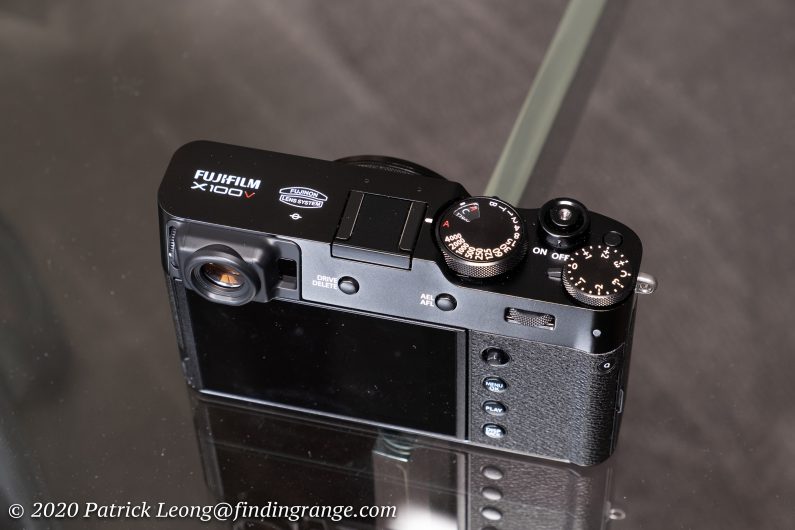
↑ Here’s the back of the camera.
As for ergonomics, the Fuji X100V feels great in the hands. There’s still the synthetic leather that wraps around the body, which not only adds to the rangefinder look but also serves a functional purpose by helping with grip. Unlike previous generations, there are sharper corners to this body but I love the new design, and it’s worth noting that the sharp corners do not affect comfort in any way.
Speaking of comfort, the Fuji X100V fits the hands like a glove, and because it is so compact, you’ll want to take it everywhere with you. That’s fine because the X100V is the type of camera that’s meant to be a constant companion. The size is just about perfect; it’s easy to travel with it, and it can be very discreet when you’re street shooting. If you get the black one, most will not even notice you taking their picture, and if they do, chances are they won’t even care. It’s not an intimidating camera.
Speaking of street shooting, the new two-way tilting LCD touchscreen display not only adds convenience, it’s great when you want to discreetly do some hip shots. The 3.0″ 1.62m-dot LCD display produces great colors and contrast. The touch functions are also excellent.
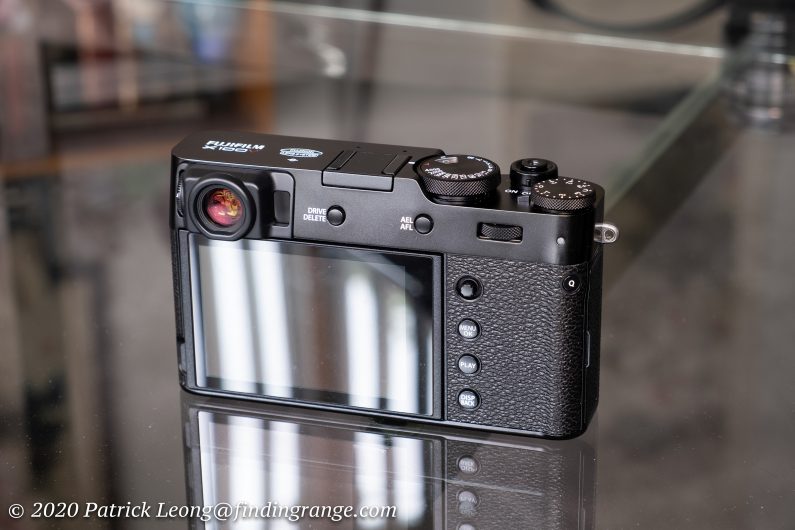
↑ The X100V comes with an excellent touch display.
Of course, with a camera like this, you’ll probably be using the viewfinder a lot, and in this case, you’re in luck because the one in the Fuji X100V is quite exceptional. Like previous generations, the one in the X100V is a hybrid viewfinder. In other words, you can switch between a 3.69M dot OLED electronic viewfinder, and a 0.52x magnification optical viewfinder that offers 95% frame coverage with a simple flip of a switch, which is located on the front of the camera.
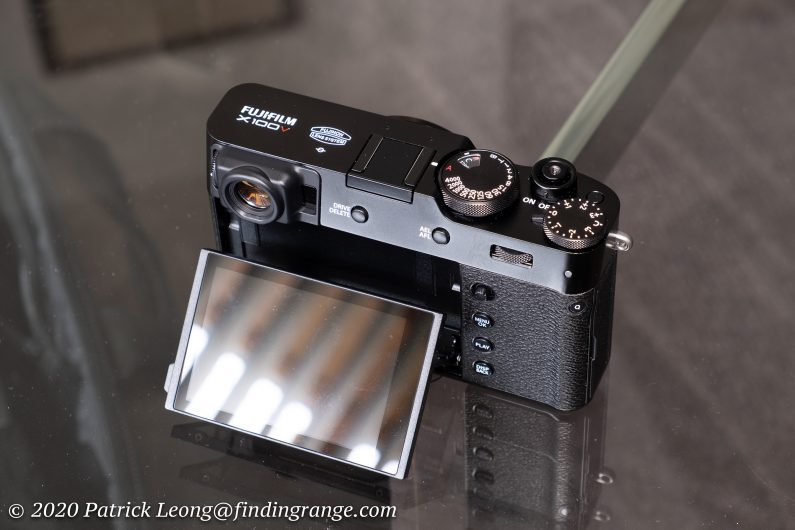
↑ The display can tilt.
The OVF overall is great; parallax-correcting is provided. The OVF is also bright, and clear making it easy to compose your shots. With the Electronic Range Finder (ERF) Function, you can blend the OVF, and EVF together. You can see an electronic preview of the scene in the bottom right corner, while still framing the image using the OVF.
Nowadays though, I must admit that I rely mostly on EVFs, and well, that’s totally fine, since the one in the Fuji X100V is excellent. As I mentioned earlier, the X100V uses a 3.69M dot OLED EVF. The EVF uses a bright 1500cd/㎡ high-luminance panel, so even in bright conditions, image taking is no sweat. Overall, color and contrast are excellent in the EVF. Lag time is also a thing of the past.
As for video, the Fuji X100V can record 4K video up to 30 frames per second or capture 120 frames per second at 1080p to create super slow motion effects. It can record 10-bit, 4:2:2 color externally via the HDMI port and leverage, and you can apply the Film Simulations (I’ll talk about this later) to video footage.
So overall, I love the ergonomics and build. The one complaint I have is the missing directional pad or D pad. Yes, I know the joystick essentially replaces it but the D pad feels a bit faster to me. Still, that’s a small issue for me. The bottom line is the Fuji X100V is probably my favorite camera from Fujifilm right now. In fact, if I didn’t need a Fuji body with interchangeable lens capability, I would sell all my Fuji gear, and buy just the X100V with the TCL-X100 II Tele Conversion Lens (giving me a 50mm equivalent). I’d be extremely happy.
Fujifilm X100V Mirrorless Camera Autofocus:
Now, let’s talk about the autofocus system. The Fuji X100V has a hybrid autofocus system that combines 425 phase-detection points with a contrast-detection system. Generally, the autofocus has definitely been improved when compared to the older model. It’s quicker, and feels more sure of itself but the previous X100 was decent too, so you would probably need the older camera with you in order to really see the difference.
With all that said, the autofocus isn’t as quick as some of the newer XF lenses. I think the electronics are definitely up to par. For instance, the tracking is excellent but I feel like sometimes the lens’ mechanics may lag behind a bit. Overall though, the autofocus is quick and it doesn’t hunt. Face Detection AF, for example, is great. I did a short shoot with the X100V, and I’m happy to report that the camera did superbly. It tenaciously locks onto a face in the frame, and nails the focus. It can find a face even in scenes where there are a lot of other distractions.
Another thing worth mentioning is that the autofocus works great even in low light situations. According to Fujifilm, the X100V can focus accurately in lighting conditions down to -5 EV. I definitely don’t doubt this claim. I didn’t have any issues with the autofocus in low light settings.
Fujifilm X100V Mirrorless Camera Image Quality:
As for image quality, the Fuji X100V uses the APS-C 26.1MP X-Trans CMOS 4 sensor, which can be found in other current X series bodies like the X-T4 and the X-Pro3. It is back illuminated for improved light receiving performance. Furthermore, Fujifilm has omitted the optical low-pass filter, which results in a higher degree of image quality and sharpness.
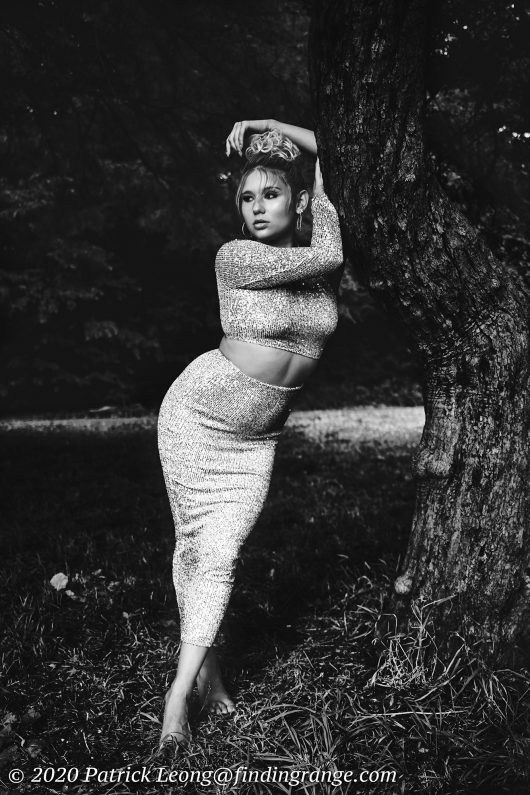
↑ This was taken in natural light near sunset at f2 and 160 ISO.

↑ This was taken at f5.6 and 640 ISO.
As I mentioned, we’ve seen this sensor before, so there really aren’t any surprises. It works great in Fuji X100V rendering beautiful colors and contrast. Dynamic range is excellent: RAW files offer a high degree of flexibility. More details are retained in the shadows while highlights are more easily recovered. It’s now a 26 megapixel sensor versus the 24 MP in the X100V’s predecessor. It’s not a huge jump but truthfully, I feel 24 or 26 megapixel is plenty, and really a nice place for Fuji to be around.
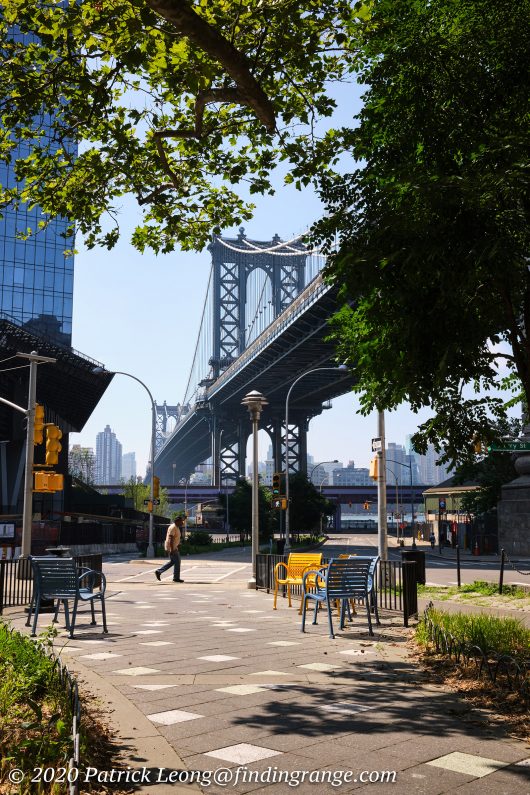
↑ This was shot in the morning using f11 and 320 ISO. It was quite hazy on this day.
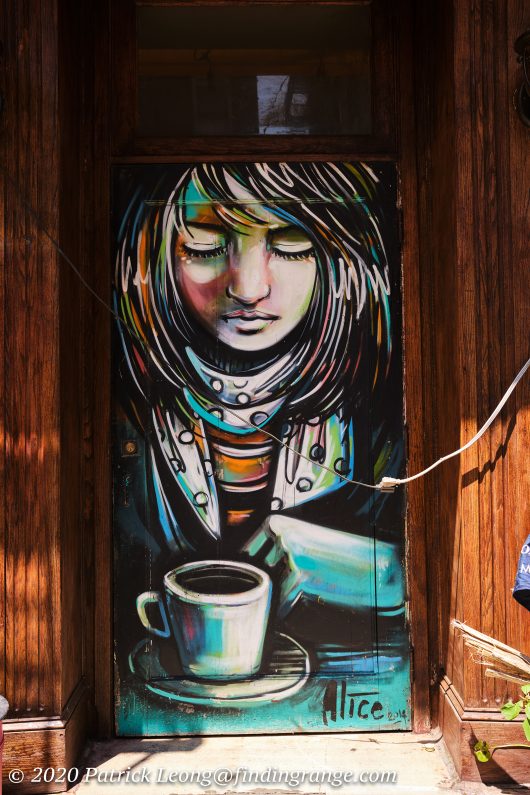
↑ The camera settings for this photo were f5.6 and 320 ISO.
Like other Fujifilm cameras with this sensor, the high ISO capabilities are excellent, and compare favorably to the competition. At 1600 ISO there is some noise creeping in but nothing that’s out of the ordinary. Overall, photos taken at this setting are still very clean. At 3200 ISO, you’ll notice more noise but detail is still very high. Color rendering is still great in my opinion. 6400 ISO is where noise is definitely more readily noticeable but I’ve used this setting often, and I felt I’ve achieve great results.
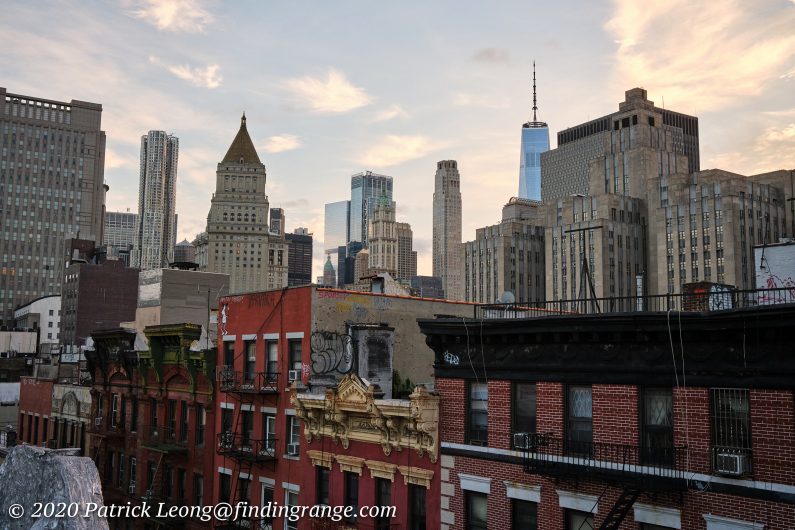
↑ I shot this at f8 and used 1600 ISO.

↑ Here’s a 100% crop of the photo above.
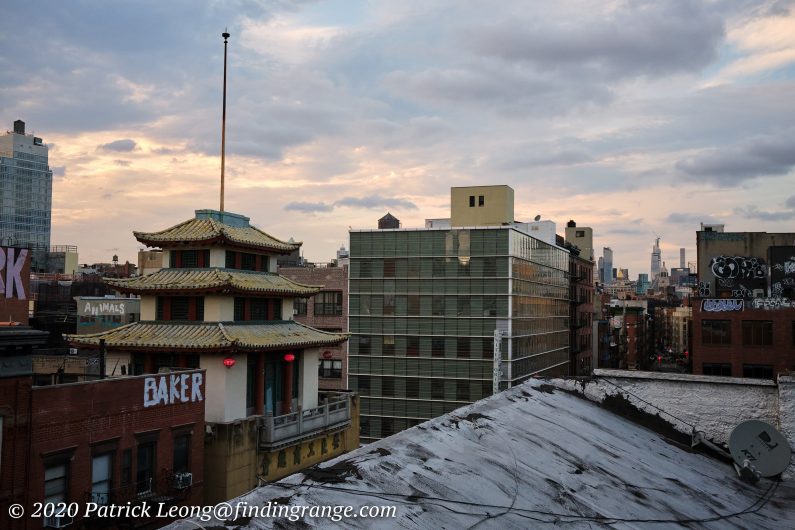
↑ This photo was taken with 3200 ISO, and the camera set at f8.
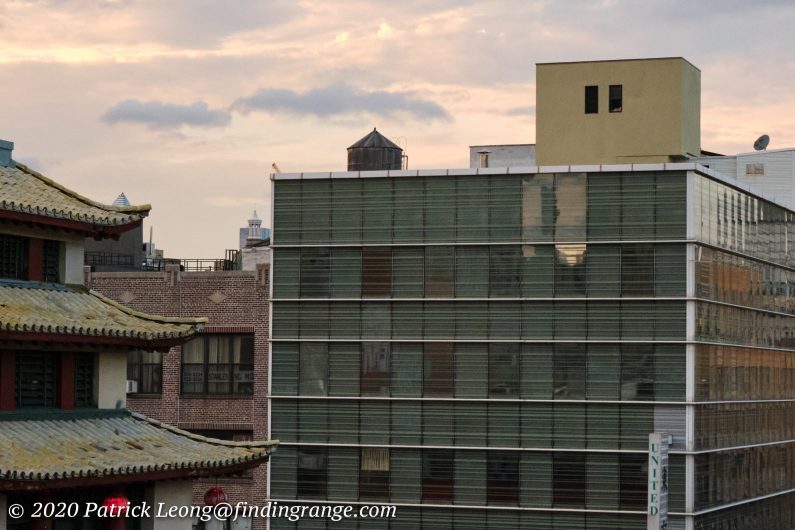
↑ Here’s a 100% crop of the photo above.
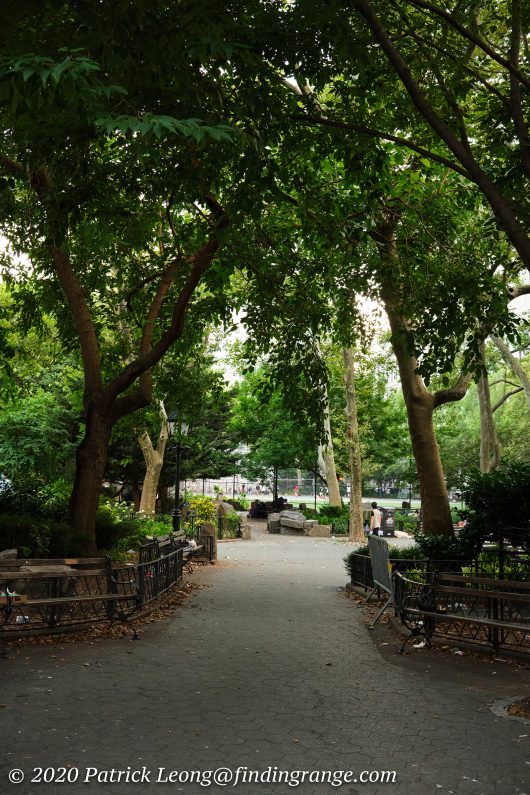
↑ Here’s a shot taken at f4 using 6400 ISO.
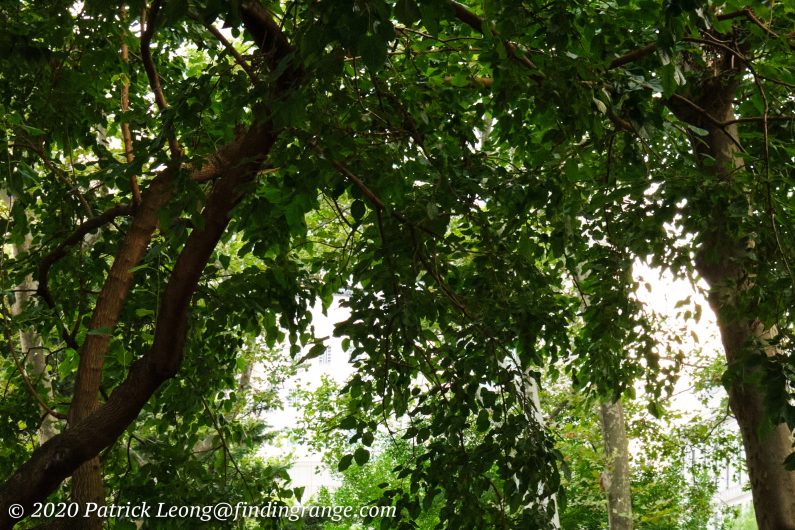
↑ Here’s a 100% crop of the photo above.
Overall, I am completely comfortable using the Fuji X100V up to 6400 ISO. In fact, I don’t have an issue pushing it even further. It’s when you reach say 12,800 ISO, when things get noticeably more noisy, and where there are more color issues. Still, depending on how you expose your images, and what your subject matter is, it’s still usable. The other two settings are 25,600 and 51,200 ISO, which I save more for emergencies.

↑ This was taken with 12800 ISO, and the camera set at f8.
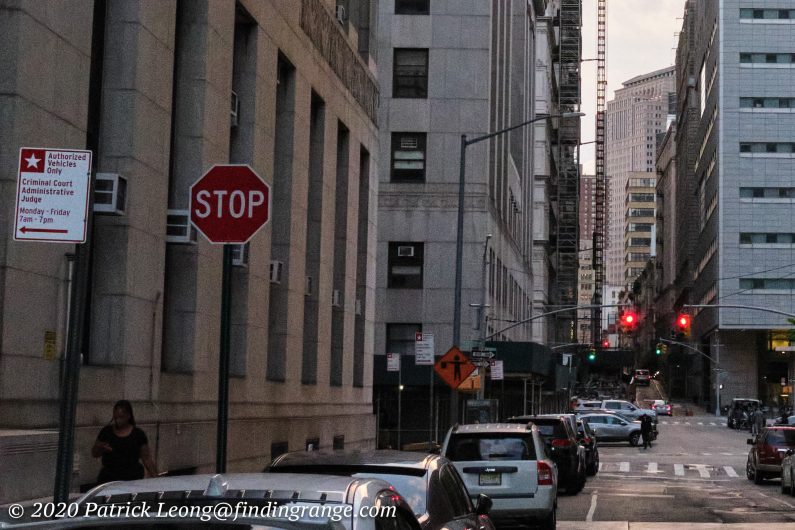
↑ Here’s a 100% crop of the photo above.
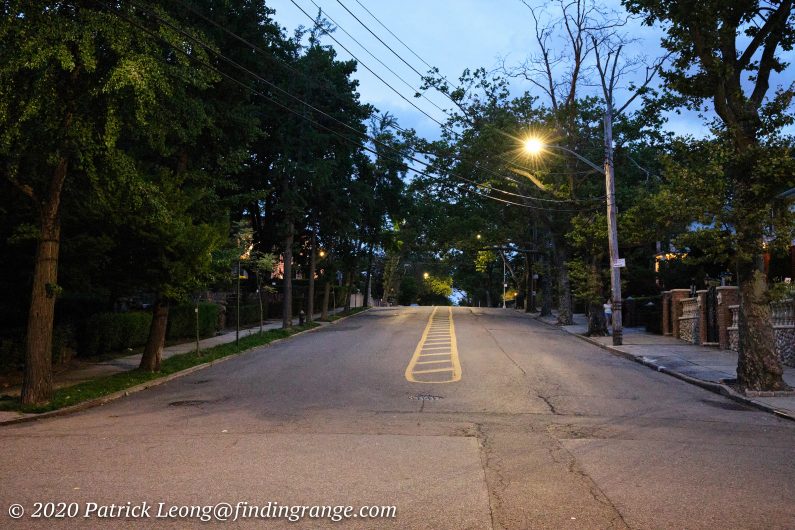
↑ Here’s one taken with 25600 ISO. The aperture used was f5.6.
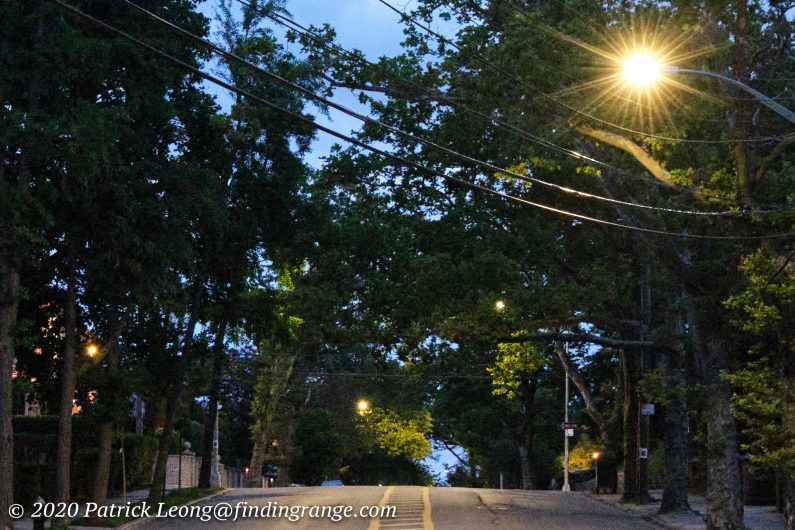
↑ Here’s a 100% crop of the photo above.
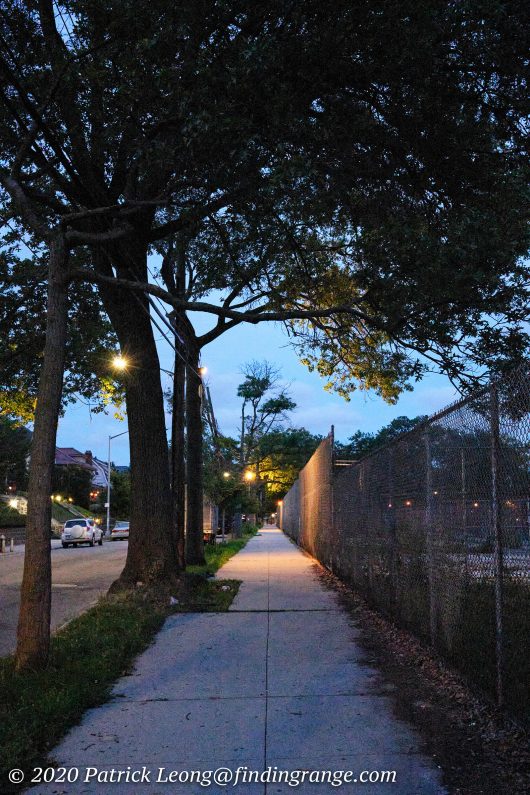
↑ Here’s one taken at 51200 ISO with the lens set at f5.6.
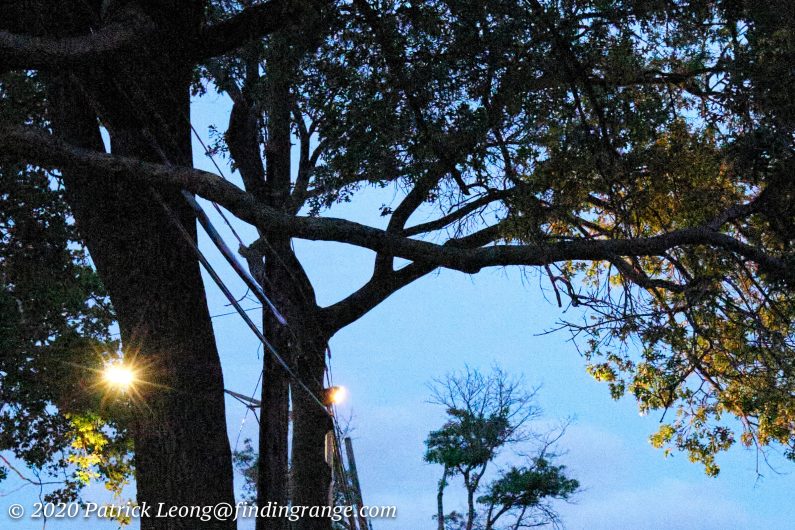
↑ Here’s a 100% crop of the photo above.
As for sharpness, the X100V performs quite well. The sharpness is excellent even at f2. In fact, I find it difficult to even see much of a difference in sharpness from f2, and say even f5.6. Corners hold up quite well too even at wide open aperture. It’s also worth mentioning that the slight softness that previous X100 models produced with close up shots is a thing of the past.
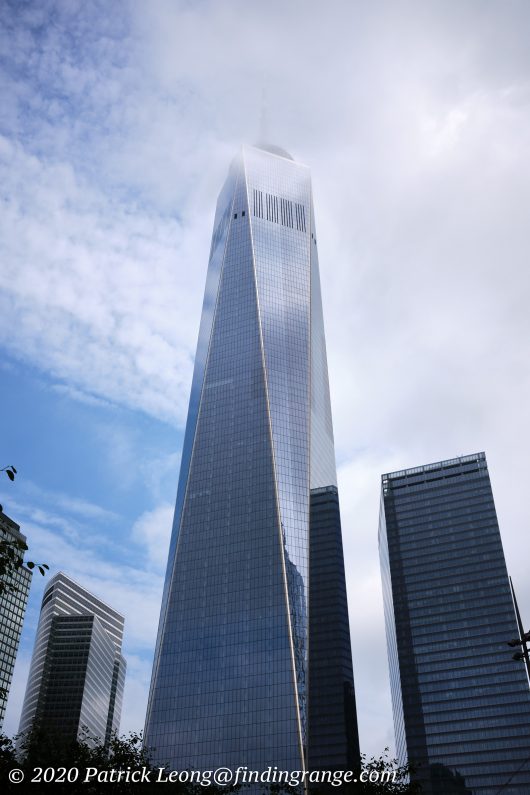
↑ The revised lens is quite sharp. This was taken at f8 using 160 ISO.
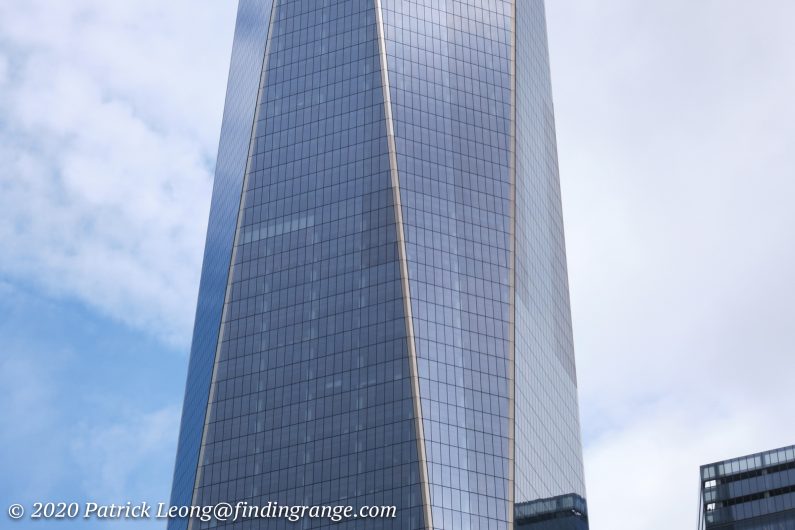
↑ Here’s a 100% crop of the photo above.
The level of sharpness the Fuji X100V produces is thanks to two factors: as I mentioned earlier, the sensor in the X100V omits the optical low-pass filter, which definitely helps with sharper images. What also helps is the 23mm f2 lens, which has been redesigned. The optical design has been revised, and now includes two aspherical elements, which is said to help improve sharpness and clarity by reducing spherical aberrations and distortion. To reduce lens flare and ghosting, a Super EBC coating has been applied.
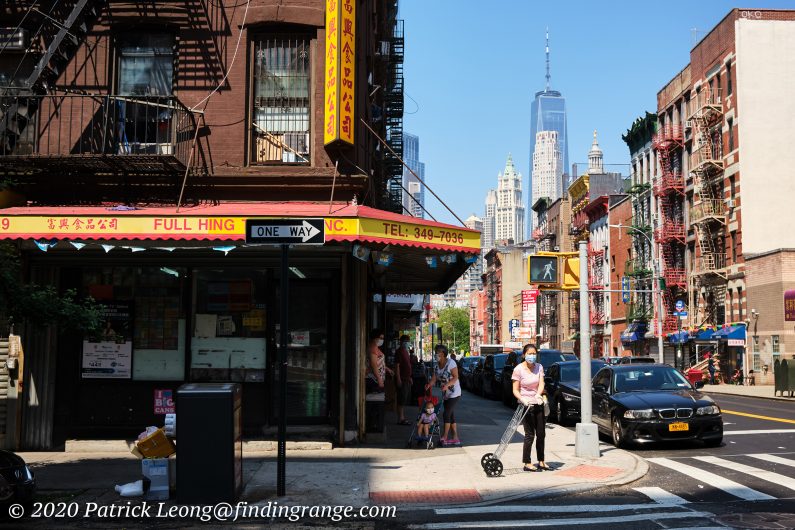
↑ This photo was taken in the morning with 160 ISO. The aperture was f5.6.
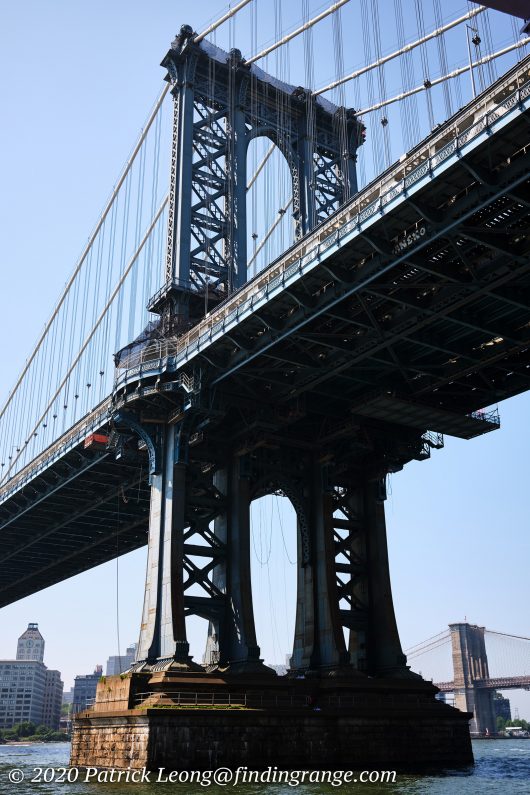
↑ Here’s a shot taken at f8 using 250 ISO.
The lens performs brilliantly on the X100V but let’s just say you’re not a fan of the 35mm equivalent focal length or you just want different focal lengths. You can actually purchase the WCL-X100 II Wide Conversion Lens, which will convert your X100V’s lens into a 28mm equivalent or the TCL-X100 II Tele Conversion Lens, which will convert the 23mm into a 50mm equivalent. I’ve used both when I reviewed the X100F (review here), and they work great. I especially loved using the TCL-X100 II because my favorite focal length is a 50mm.
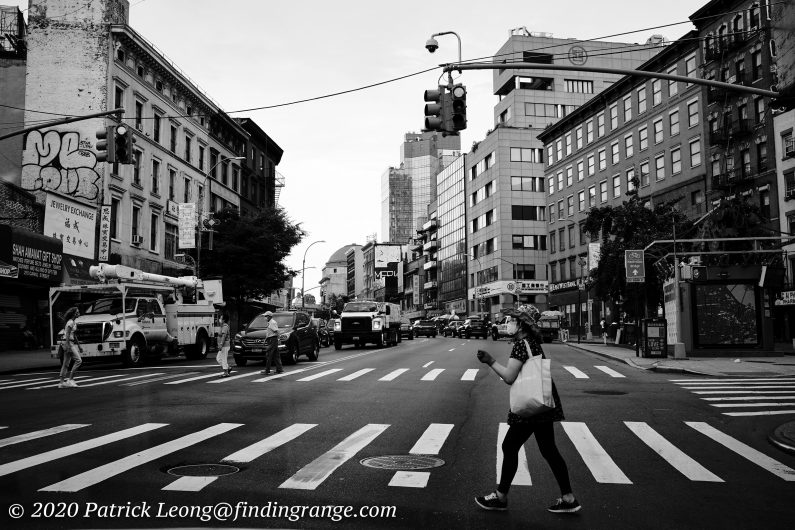
↑ This was taken through a car window. I used 200 ISO and f5.6.

↑ This photo was taken at f5.6 using 160 ISO.
One last point about image quality: all these photos up in this review were RAW files processed through Capture One but if you’re not a fan of editing, I’m happy to say that the out of camera jpegs are excellent. In fact, they are so good that I know photographers who don’t even bother shooting RAW files. Fujifilm has their Film Simulations in their cameras, and there are so many different styles to choose from. There are also black and white styles as well.
Fujifilm X100V Mirrorless Camera Pros And Cons:
Fujifilm X100V Mirrorless Camera Pros:
- Build quality is excellent.
- Compact and light: perfect as a daily companion, and discreet enough for street shooting.
- Rangefinder design: great tactile controls that fully gets you involved in the photographic process.
- Comfortable to hold.
- Two way tilting display works great.
- Excellent hybrid viewfinder.
- Autofocus is quick.
- Superb image quality.
- Lens has been improved.
- Great high ISO capability.
- While the X100V has a fixed 23mm lens, it’s great to be able to change focal lengths with the tele-conversion lenses.
- Great out of camera images.
Fujifilm X100V Mirrorless Camera Cons:
- To completely make it weather resistant, you need to purchase accessories.
- Autofocus is definitely quick but not quite up to the same level as some of the newer XF lenses.
- No image stabilization but for a camera like this, it may not be an issue for shooters.
Fujifilm X100V Mirrorless Camera Verdict:
Overall, I feel Fujifilm has pretty much perfected the X100 with the release of this new model. I know that may be a pretty strong statement, and it’s funny because I said something similar about the X100F in that review but I definitely mean it here. If I was in the market for an X100, there is actually nothing more that I would want from Fuji. It checks all the right boxes, such as, excellent build, rangefinder styled design and controls, great hybrid viewfinder, quick autofocus, and excellent image quality. Best of all, everything is wrapped up in such a compact and purposeful body. It’s also a beautiful looking one I might add.
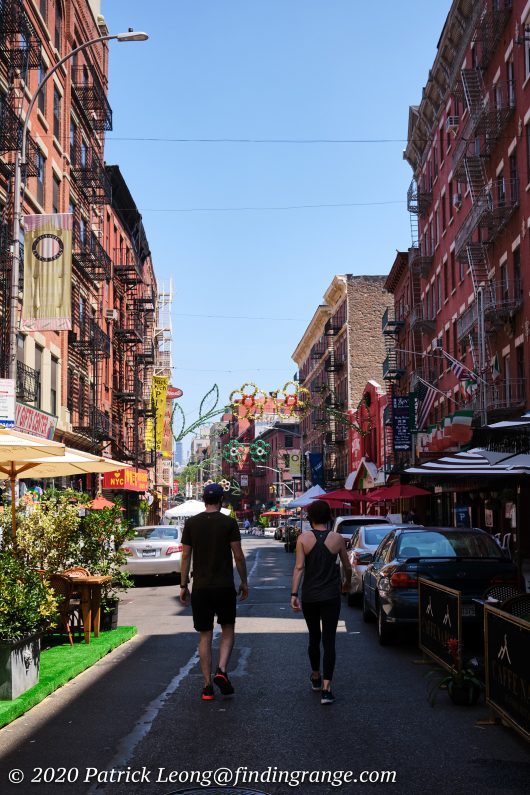
↑ Here’s another taken at f5.6 using 160 ISO.
The Fuji X100V is perfect if you want a constant companion wherever you go. It’s so compact and light that there really isn’t a reason to leave it at home. Say you’re on vacation. You can actually fit the X100V into your coat pocket, and have at your fingertips a fully functional camera with dedicated controls and dials that produces pro level image quality. If you want other focal lengths, you can purchase the tele-conversion lenses, which are also very compact. In fact, with 26 MP, you can crop as well, if you need to zoom into an image a bit.
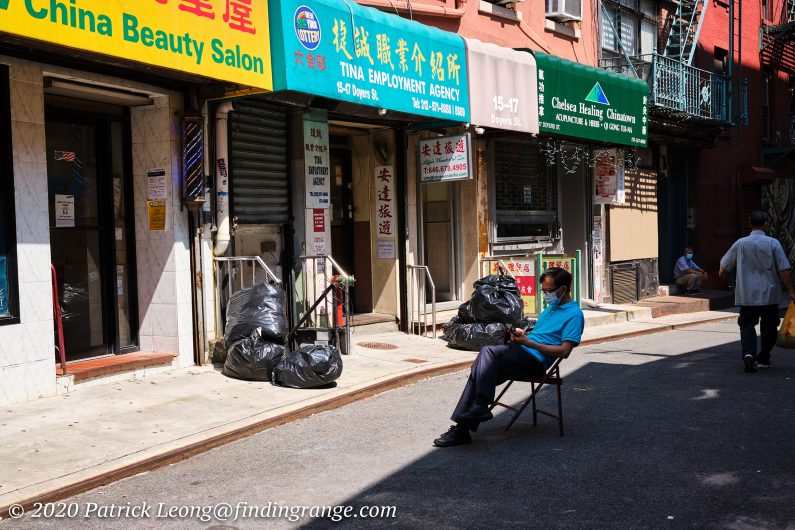
↑ Here’s one more taken with 160 ISO and f5.6.
The X100V is also a superb choice for street work, and for some, it might actually be the ultimate camera for this type of photography. First off, it comes with a 35mm equivalent, which is the focal length of choice for many street shooters. Second, the lens has a wide open aperture of f2, which allows for more flexibility. This camera is also so compact that most will not even notice you’re shooting them, especially since the shutter is whisper quiet (this is really one of the nicest shutters on the market, if you ask me). If they do notice, most will not even care because the camera isn’t intimidating, if you get my drift.
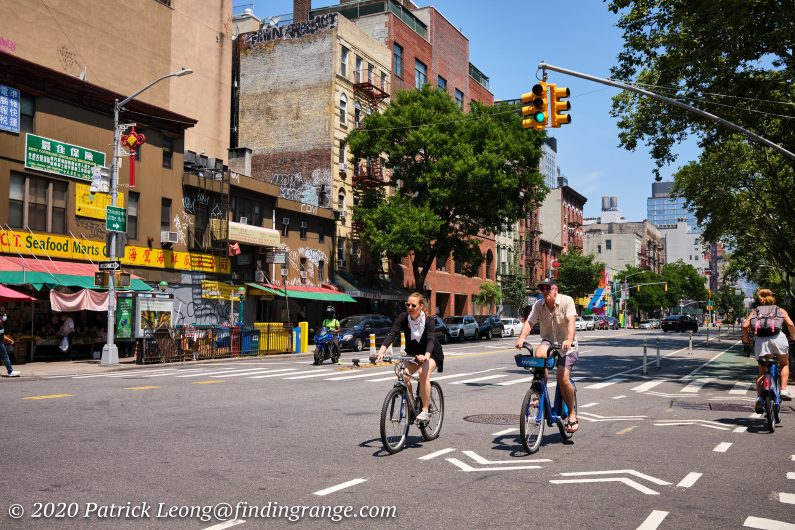
↑ I actually received the X100V for review right when NYC was getting out of lockdown back in June. This was taken with 160 ISO and f5.6.
Of course, there are some issues with the Fuji X100V. For one, it’s not completely weather resistant until you purchase the adapter ring and filter. The autofocus is fast, and accurate but not quite up to the same level as some of the newer XF lenses. Lastly, there’s no image stabilization.
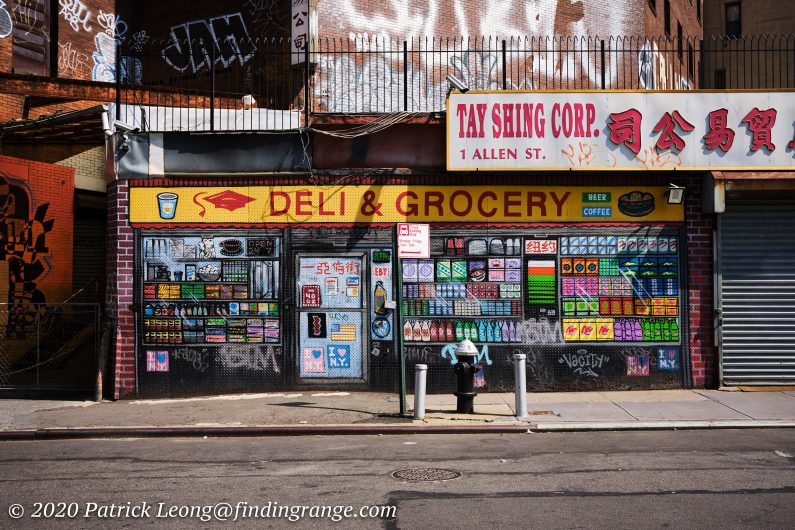
↑ Here’s another taken at f5.6 and 160 ISO.
However, I don’t even consider these as serious problems. For one, I never had an issue with past X100 models that weren’t weather resistant. Second, the autofocus is still quick, and more than enough for things that it is designed for like street photography, for instance. Third, I don’t really even consider image stabilization when I buy a camera. If the camera I’m considering has it, great but if it doesn’t, it’s not going to change much for me.

↑ I used f8 and 250 ISO here.
Overall, this is seriously the best version of the X100. If you’re an owner of an older model, and you’re considering upgrading, I feel it’s worth it. If you’re new to the X100 line, this model is definitely a great way to start. Bottom line is I am impressed, and I can not recommend the X100V enough! This is currently my favorite Fujifilm camera, and if I didn’t need an interchangeable lens body for this blog, I would purchase this in an instant.
Thanks for taking the time to read my review! If you’re considering purchasing the Fuji X100V, and my review helped you decide, please help support this site by purchasing from any of the links in this review. It will not cost you anything extra. Thank you for your support!


Hello Patrick,
I’ve been looking forward to getting your take on this latest X100. I’ve had the original & then the X100S, but after that gravitated to just using the X-Pro1 & 2 line of bodies. But I got the X100V a while ago & have to admit it does everything I care about, including a very functional drop down LCD for shooting from the waist level or lower. And now it is paired with an X-Pro3 I also just got, which really is a great combination, as the controls are the same on both of them, so switching back & forth in their usage is mindless. I thought I would miss the D pad on both, but have now adjusted to using the stick/lever & it works just as easy for me. I can live without the customized function options that came with the D pad, as I really don’t use that many, but now have the touch screen if needed (but I leave this turned off to prevent accidental touches).
I also have the optional adapter ring & 49mm filter for times when I might want to use it in either rainy weather or blowing sand or dirt. But I added one of the Squarehood lens caps which offers some inclement weather protection as well as flare control. And it doesn’t block the OVF at all, so I prefer it to one of the slotted hoods.
I know the original f/2 lens drew some complaints for being a bit soft wide open & close up, but I haven’t tested this out yet. You didn’t mention this so I wonder if you have any opinion about this? But many thanks for another very comprehensive & informative review of this special Fuji offering. Happy also to see you are getting out to be able to shoot & more of your favored locations. Stay safe,
Jed
Hi Jed,
Apologies for the late reply. I’ve been dealing with a pinched nerve in my back and shoulder area for a while now, and for nearly the month of August, the pain was quite intense.
Thanks for taking the time to read my review! I hope you’re still enjoying your camera. The square hood looks great; one of my friends has the same one. As for the close up sharpness at f2, I did mention that the softness previously experienced is a thing of the past. The paragraph is smaller, and it probably was lost around the pics :). But in all honesty, I didn’t feel like the previous lens was that soft; I was happy with it when I owned the X100 a while back.
I get to go out a bit more, which is great but still definitely taking a lot of precautions. It’s definitely still a scary time. I hope you’re doing well and staying healthy! Thanks for stopping by!
Best,
Patrick